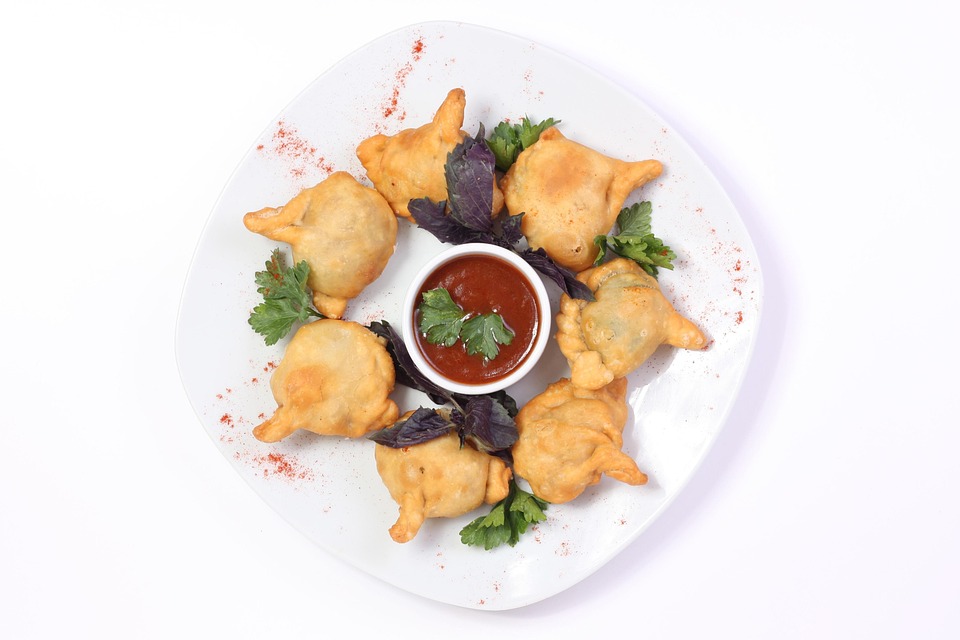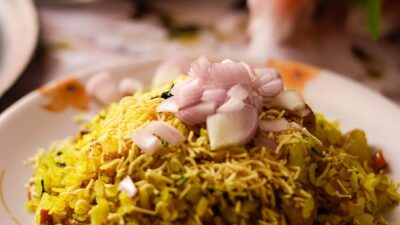Food is more than sustenance; it embodies culture, history, and identity. Each plate tells a story, tracing the historical paths of migration, trade, and innovation. Across continents and cultures, world cuisine offers a rich tapestry woven from the threads of local ingredients, cooking methods, and traditions. As we dig into the roots of world cuisine, we uncover not only what people eat but also why they eat it.
The Cultural Significance of Food
At the heart of every culture is its cuisine, reflecting local customs, beliefs, and social structures. Food is often integral to rituals, celebrations, and communal gatherings. For instance, in Japan, the meticulous preparation of sushi is not just about taste but a form of art that embodies respect for the ingredients and the season. Similarly, the Mediterranean diet, characterized by its use of olive oil, fresh vegetables, and grains, is deeply connected to the region’s agricultural practices and communal dining traditions.
Culinary Traditions as Narratives
Ancient histories shape modern plates. Indigenous tribes in the Americas cultivated maize, beans, and squash—an agricultural trio that supported entire civilizations. These staples have evolved but still form the backbone of many contemporary dishes. The story of food often includes colonization, trade, and adaptation. Spices from the East transformed European cooking, while transcontinental exchanges during the Columbian Exchange introduced new ingredients such as tomatoes, potatoes, and chocolate to the world.
The Impact of Trade Routes
Historical trade routes were vital in influencing global cuisines. The Silk Road, for instance, was a melting pot of cultures, where not only goods but also culinary techniques were exchanged. Spices, fruits, and sweets traveled from one end of the world to the other, integrating into local diets and reinventing national flavors. The spread of technologies—like the cooking methods of baking and grilling—helped shape regional cuisines.
Local Ingredients and Seasonal Eating
The roots of world cuisine are deeply intertwined with the concept of terroir, which emphasizes the connection between food and its geographical origin. Local ingredients dictate culinary style, with each region developing unique methods of preparation based on what is available.
In Italy, for example, the use of fresh, local produce inspires its highly regionalized cooking. Dishes vary dramatically from the north to the south, reflecting the climate, topography, and agricultural traditions. Prosciutto from Parma and seafood from the Amalfi Coast highlight the specialties born from local resources.
The Rise of Fusion Cuisine
As globalization continues to redefine boundaries, fusion cuisine emerges as a modern narrative of world cooking, blending traditions and techniques from disparate cultures. Dishes like Korean tacos or sushi burritos highlight the creativity that arises when diverse culinary traditions meet. This blending not only celebrates diversity but also invites an exploration of identities and cultural fusions.
Preserving Culinary Heritage
Despite modernization, there is a growing movement to preserve traditional food practices. Many chefs and food enthusiasts are championing slow food movements, local ingredients, and traditional cooking techniques, emphasizing the importance of sustainability and preservation. Initiatives such as UNESCO’s Intangible Cultural Heritage program recognize culinary traditions as vital components of human culture.
Celebrating Diversity Through Food
Food festivals and culinary tours around the world serve as platforms for cultural exchange and appreciation, allowing individuals to experience the deep-rooted traditions of various cuisines firsthand. Visiting open-air markets, participating in cooking classes, or sharing meals with locals can deepen our understanding of how interconnected and diverse these food traditions truly are.
Conclusion
Digging into the roots of world cuisine offers a glimpse into the past and present, revealing how food nourishes not just the body, but also the soul. As we explore and celebrate these culinary traditions, we honor the stories, struggles, and triumphs of cultures worldwide. In this shared culinary journey, we discover that, regardless of where we come from, food has the power to unite us all. So, the next time you sit down for a meal, remember: you’re not just consuming food, but partaking in a rich legacy that has traveled through time and across the globe.



